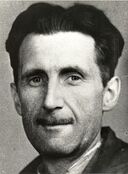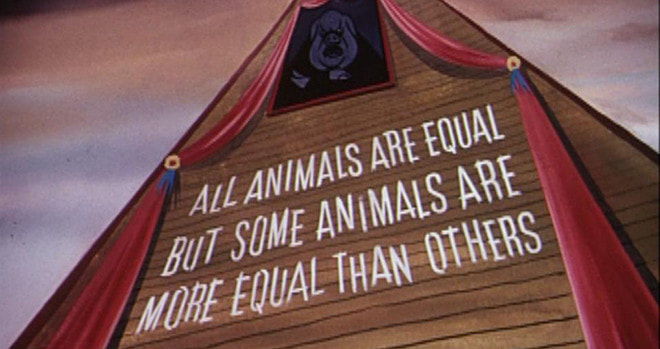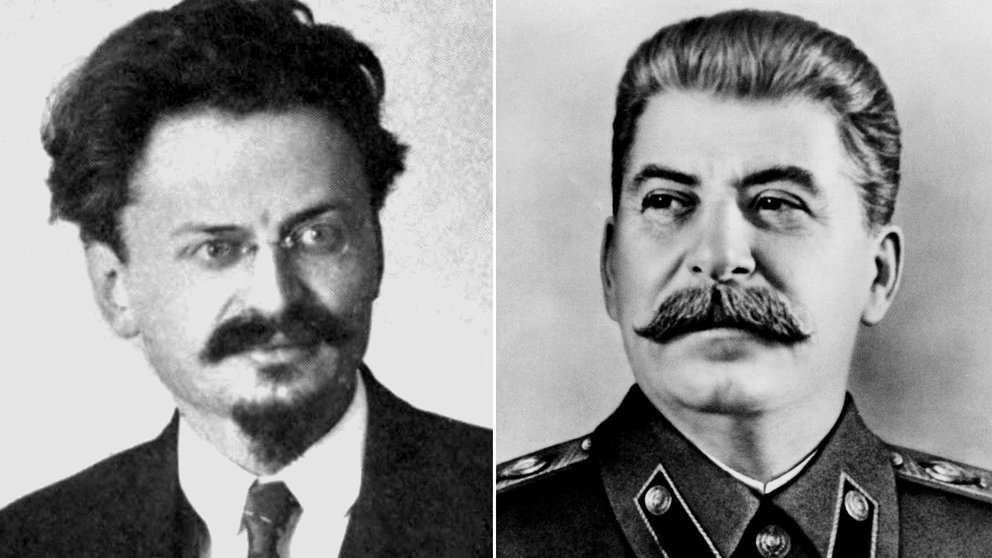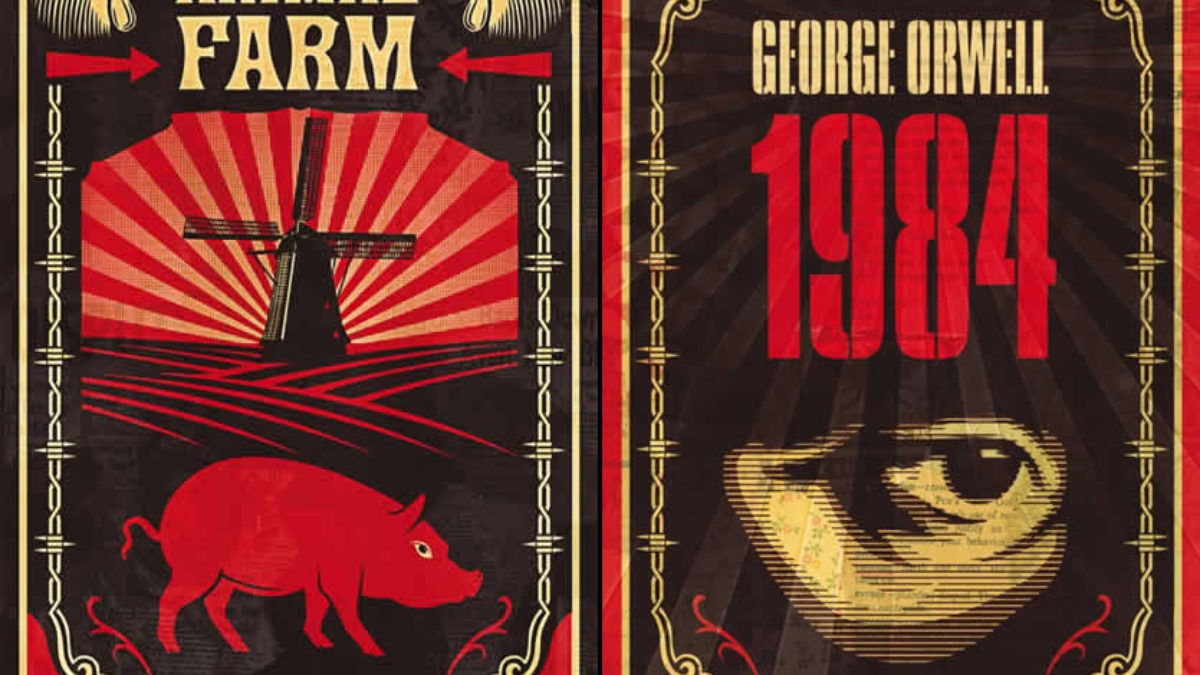Orwellian Warning: "Who controls the past controls the future."
Does technology help break down barriers of sex and class?
|
Dystopian literature:
|
UTOPIA/ DYSTOPIA POLITICAL SATIRE TOTALITARIANISM REALITY CONTROL SURVEILLANCE STATE PROPAGANDA HISTORICAL REVISION LANGUAGE and DISSENT TECHNOCRATS
READING as an act of REBELLION WRITING as an act of RESISTANCE
INDIVIDUAL AGENCY and COLLECTIVISM/CONFORMITY
CULT of PERSONALITY
Plotline and the Freytag's Pyramid:
Exposition--Rising Action--Climax--Falling Action--Denouement (false catharsis)
Book 1
|
Book 2
|
Book 3
|
Guiding Questions
Define what doublethink means and provide at least three examples of doublethink from the text.
Apply the logic of doublethink to the following statement: "we will meet where there is no darkness."
What thoughtcrime does Winston Smith commit?
What is the purpose of the eleventh edition of Newspeak?
Why is ownlife a crime?
How does INGSOC annihilate human emotions and relationships?
Why do you think Winston Smith has violent sexual fantasies about the dark-haired girl?
Big Picture Questions
What qualifies Winston Smith as the only sentient human being in Oceania, "the Last Man in Europe"?
Why does Julia lack the agency as a rebel?
Why does Winston exhibit a death wish and at the same time blind optimism in the Proles?
Why and to what extent does the protagonist transform and change throughout the course of the novel?
What does the symbolic death Winston experiences in the final chapter signify and how does it exemplify the authorial intention in 1984?
|
|
|
|
|
|
|
|
George Orwell on Writing
1. Never use a metaphor, simile or other figure of speech which you are used to seeing in print.
2. Never use a long word where a short one will do.
3. If it is possible to cut a word out, always cut it out.
4. Never use the passive where you can use the active.
5. Never use a foreign phrase, a scientific word or a jargon word if you can think of an everyday English equivalent.
6. Break any of these rules sooner than say anything outright barbarous.
Primary Source: "Why I Write": orwell_why_i_write.docx
Secondary Source:
Packer, George. “Doublethink Is Stronger Than Orwell Imagined: What 1984 means today.” The Atlantic. www.theatlantic.com/magazine/archive/2019/07/1984-george-orwell/590638/. Accessed 26 February, 2020.
Link: george_packer_on_1984.docx
|
|
|
|



